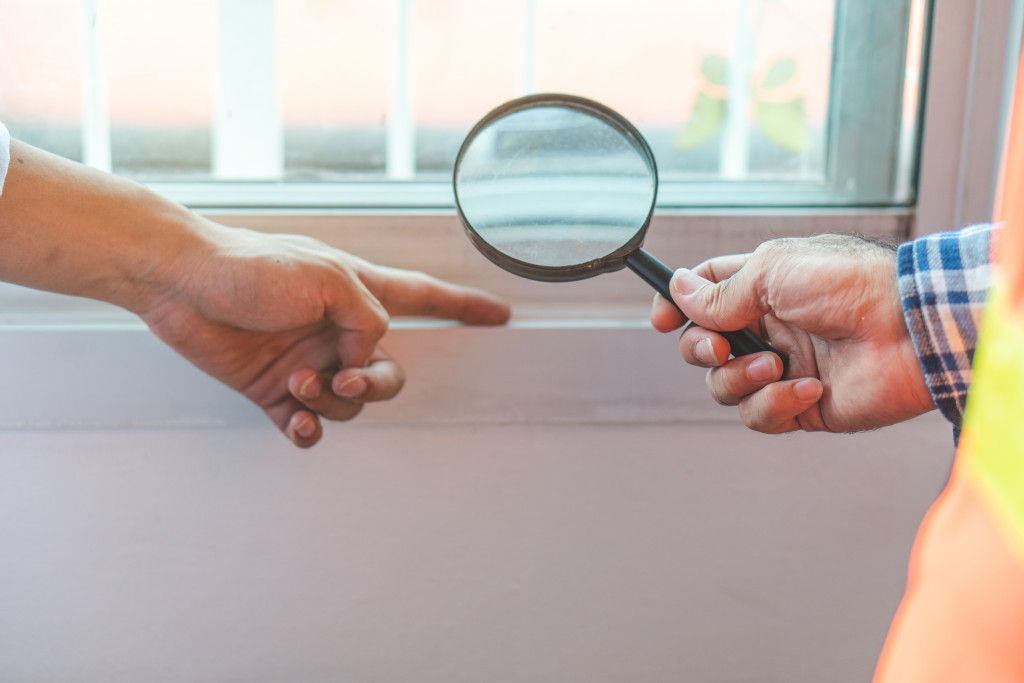Who doesn’t get excited about homebuying? It is a usual reaction to anyone who’s about to purchase their soon-to-be home. However, they must not set aside the essentials, even if they are at the height of such emotion. One of those essentials is the home inspection.
To ensure a hazard-free home, an inspector will point out potential problems that may cause you a fortune later. Therefore, you won’t doubt the home’s condition. You can make sure that everything in it is safe. Aside from that, it is proper to check that the house is worth every penny.
It is best to find a licensed home inspector to help you out. This way, you are confident that they can see the current issues and potential problems. An inspector has their checklist, which this post will discuss in detail.
A Home Inspection Checklist
You may be curious about what inspectors have on their checklist. In that case, this article is what you need right now. It will give you an idea of what needs checking when buying a house. In effect, you can foresee what’s waiting for you once you get that house. Here are the usual contents of a home inspector’s checklist:
1. Roof
Roof materials, gutters, shingles, and chimneys are a few of the items that have to be confirmed. You need to know if there are potential leaks or if the roof is rotten underneath. In general, a roof ages as well and can reach the end of its life cycle. For this reason, it may require replacement.
2. Exterior
The outer part of the house has a broad scope to check. In this case, the items below are the areas involved during inspection:
- External wall paints and condition (cracks or holes, if there’s any)
- Exterior doors and windows
- Walkways, driveways, stairs, or ramps
- Patios, decks, or balconies
- Garage
- Drainage
- Backyard
Keep in mind that the outer appearance is the first to see. Check if the exterior fits your taste and how much it will cost if there’s a need to revamp it.
3. Basement, Foundation, and Structure
- Check if there are cracks, leaks, or molds in the basement
- Look for areas that bulge or those that lean. It only means that there is an uneven load in the foundation.
- An inspector needs to check if there is a tree near the home’s foundation. The floors, walls, and moisture-related damage are also a few check items under the structure.
4. Heating, Ventilation, and Air Conditioning Systems

An inspector will not check these systems during the exact season they must function. In this case, they will only verify its visual and note the potential issues that may arise due to old age. They will confirm if these systems are in functional condition.
5. Plumbing
Inspectors will check all the areas where water runs through in the house. That includes your sinks, toilets, tubs, water lines, and pipes. They also have to see if there are leaks around the plumbing pipes and fixtures.
6. Electrical System
It is necessary to check for overloaded circuit breakers or faulty electrical wiring. Aside from that, all of them have to be working, such as lighting fixtures and outlets. The whole house has many of these electrical systems.
7. Other Installed Systems
A house may also have other installed systems, such as dishwashers, food waste disposers, doorbells, and many more. These systems also need checking if they are all working.
An inspector will prepare a report after checking all the vital checkpoints of the house. It will involve all the existing issues and potential concerns.
Aside from that, there might be a need for further inspections conducted by specialists like radon mitigation service providers. Your home may also have elevated levels of radon that you have to address as soon as possible. Besides radon, other safety issues might have caught the inspector’s attention that a specialist is necessary. These issues may involve termite infestations, asbestos, or mold.
The Bottom Line
Lastly, you have to be there to oversee the inspection process. In this case, you can have an idea of how major or minor each issue is. Your inspector may have listed several problems in the house. But the long list is not what you have to focus on in this case. Instead, you have to understand the severity of each problem.
The purpose of an inspection is to help you decide whether buying the house is a go or a no go. But don’t forget that no home is in perfect condition because it’s aging. In the end, the final decision will still be yours.











